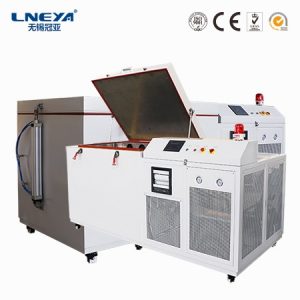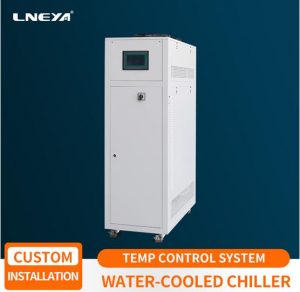What are the decarboxylation reaction conditions and process temperature control?

The decarboxylation of aromatic acids is easier than that of fatty acids. For example, benzoic acid can be decarboxylated by adding a little copper powder as a catalyst in quinoline solution and heating.
When a strong electron-withdrawing group is attached to the α-C of the carboxylic acid, heating can make it decarboxylate more smoothly. For example: when the ortho-diaromatic organic acid is heated, it is easy to remove a carboxyl group, but when the temperature is low, an acid anhydride will be formed. When different polycarboxylic acids are heated, according to the different activities, some are decarboxylated, some are dehydrated, some are decarboxylated and dehydrated again, dehydration above pimelic acid, and general decarboxylation below.
Fatty acid: This reaction is generally not used to prepare alkanes for general fatty acids, especially long-chain fatty acids, because the reaction temperature is too high, the yield is low, and it is not easy to separate. However, if the α-carbon atom of the fatty acid has an electron-withdrawing group such as nitro, halogen, carbonyl, cyano, etc., it makes decarboxylation easy and the yield is high, but their reaction processes are not exactly the same.
The general decarboxylation reaction does not require a special catalyst, but is carried out under the following conditions: (1) heating; (2) alkaline conditions; (3) coexistence of heating and alkaline conditions. The most commonly used decarboxylation method is to heat the sodium salt of carboxylic acid with soda lime (CaO + NaOH) or solid sodium hydroxide, and a decarboxylation reaction occurs, that is, -COONa is replaced by an H atom to generate a carbon atom less than the sodium carboxylic acid salt alkanes.
It can be seen that no matter the decarboxylation reaction of any substance, it is necessary to carry out temperature heating control during the reaction process. LNEYA specializes in the production and development of heating systems, with a temperature control range of 50 degrees to 300 degrees, which is suitable for the needs of pharmaceutical and chemical companies in various process production and experimental use. It can realize high temperature cooling process, directly cooling from high temperature of 300 degrees to 50 degrees. Equipped with a heating and cooling integrated container, the heat exchange area is large, the heating and cooling rate is fast, and the demand for heat transfer oil is small. The entire cycle of the product is closed, there is no oil mist volatilization at high temperature, and the heat transfer oil will not be oxidized and browned; it has the function of correcting the internal cycle temperature probe PT100, and has self-diagnosis and intelligent safety alarm. The equipment is equipped with a variety of safety protection functions such as high-voltage pressure switches, overload relays, and thermal protection devices to ensure the safety of your experiments and production.
Похожие рекомендации
-
LNEYA: Focus on temperature control TCU to build international advanced Chinese instruments
1070Wide temperature range: LNEYA's Chinese and production-grade multi-reactor refrigeration heating temperature control system (temperature control unit TCU) temperature range from -25 ° C to 200 ° C, of course, you can also customize other temperatu...
Посмотреть детали -
Инструкции производителей низкотемпературных холодильников по регулировке энергопотребления
897Регулирование энергопотребления оборудования производителей низкотемпературных холодильников во время работы также очень важно. Чтобы адаптироваться к изменениям энергетической нагрузки, производители низкотемпературных холодильников Wuxi Guanya (LNEYA) должны обращать внимание на...
Посмотреть детали -
Which reactions need temperature control in the process of chemical and pharmaceutical production?
987Precise temperature control plays a crucial role in the reaction process during synthesis/crystallization in the production of chemical and pharmaceutical products. In the field of fine chemicals, many chemical reaction processes and crystallizati...
Посмотреть детали -
Instructions for use of the enclosed cooling and heating circulator of LNEYA, a chiller manufacturer
937In the chemical and pharmaceutical field,the closed cooling and heating circulator is a cooling and heating temperaturecontrol device that cooperates with various types of reactors, jacketed tanks,reactors, extraction equipment and other equipm...
Посмотреть детали
 LNEYA Промышленные чиллеры Производитель Поставщик
LNEYA Промышленные чиллеры Производитель Поставщик













